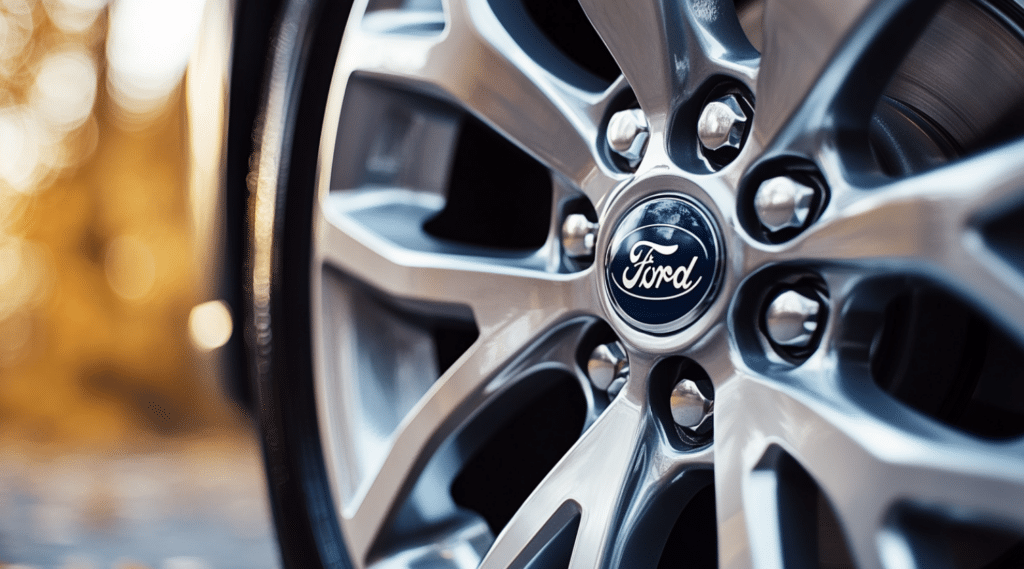Ford Ranger owners often face challenges when finding the right wheels. Whether upgrading stock rims or replacing damaged ones, understanding the Ford Ranger lug pattern is crucial.
Many drivers struggle with this technical aspect, sometimes resulting in ill-fitting wheels compromising performance and safety.
Fortunately, solutions exist to simplify finding compatible wheels for Ford Rangers, ensuring a perfect fit every time.
This guide explores the Ford Ranger lug pattern in detail. Readers will discover how to identify their specific model’s pattern and select the best aftermarket wheels to match it.
By the end, Ford Ranger owners will be equipped with the knowledge to transform their vehicle’s look and performance with the right wheels.
What is a Ford Ranger Lug Pattern?
The Ford Ranger lug pattern is a key specification for wheel compatibility. It determines which wheels can safely and effectively mount on your vehicle, impacting style and performance.
Specific Lug Pattern Details
The Ford Ranger lug pattern refers to the arrangement of bolt holes on the wheel hub. For most Ford Ranger models, the standard lug pattern is 6×139.7 mm or 6×5.5 inches. This means the wheel has six bolt holes arranged in a circle with a diameter of 139.7 mm (or 5.5 inches).
It’s important to note that this measurement is consistent across many Ford Ranger generations, including the latest models. However, always double-check your vehicle’s specifications, as variations may exist depending on the year and trim level.
Importance of Lug Patterns
Understanding your Ford Ranger’s lug pattern is crucial for several reasons:
- Wheel Compatibility: The lug pattern ensures that aftermarket wheels fit correctly on your vehicle. Using wheels with the wrong lug pattern can lead to improper fitment, which may cause safety issues and damage to your car.
- Performance Impact: Correctly matched lug patterns contribute to balanced wheel rotation and weight distribution. This helps maintain optimal vehicle handling, braking, and overall performance.
- Safety Considerations: Using wheels with incompatible lug patterns can result in loose wheels, vibrations, and even wheel separation while driving. This poses significant safety risks to drivers, passengers, and other road users.
- Resale Value: Maintaining the correct lug pattern when upgrading wheels can help preserve your Ford Ranger’s resale value. Future buyers will appreciate a vehicle with properly fitted, compatible wheels.
Knowing your Ford Ranger’s lug pattern can help you make informed decisions when selecting new wheels, ensuring both style and safety for your vehicle.
List of Vehicles that Match Ford Ranger Lug Pattern
Knowing which vehicles share a lug pattern with the Ford Ranger opens up a world of wheel options. This compatibility allows for greater customization and potentially more cost-effective choices when upgrading or replacing wheels.
Ford Ranger owners looking to expand their wheel options must understand wheel compatibility across different vehicle models. This knowledge allows for greater flexibility in choosing aftermarket wheels, potentially reducing costs and increasing style choices.
It’s important to note that while lug patterns may match, other factors like offset and center bore should also be considered for a perfect fit.
1. Toyota Tacoma
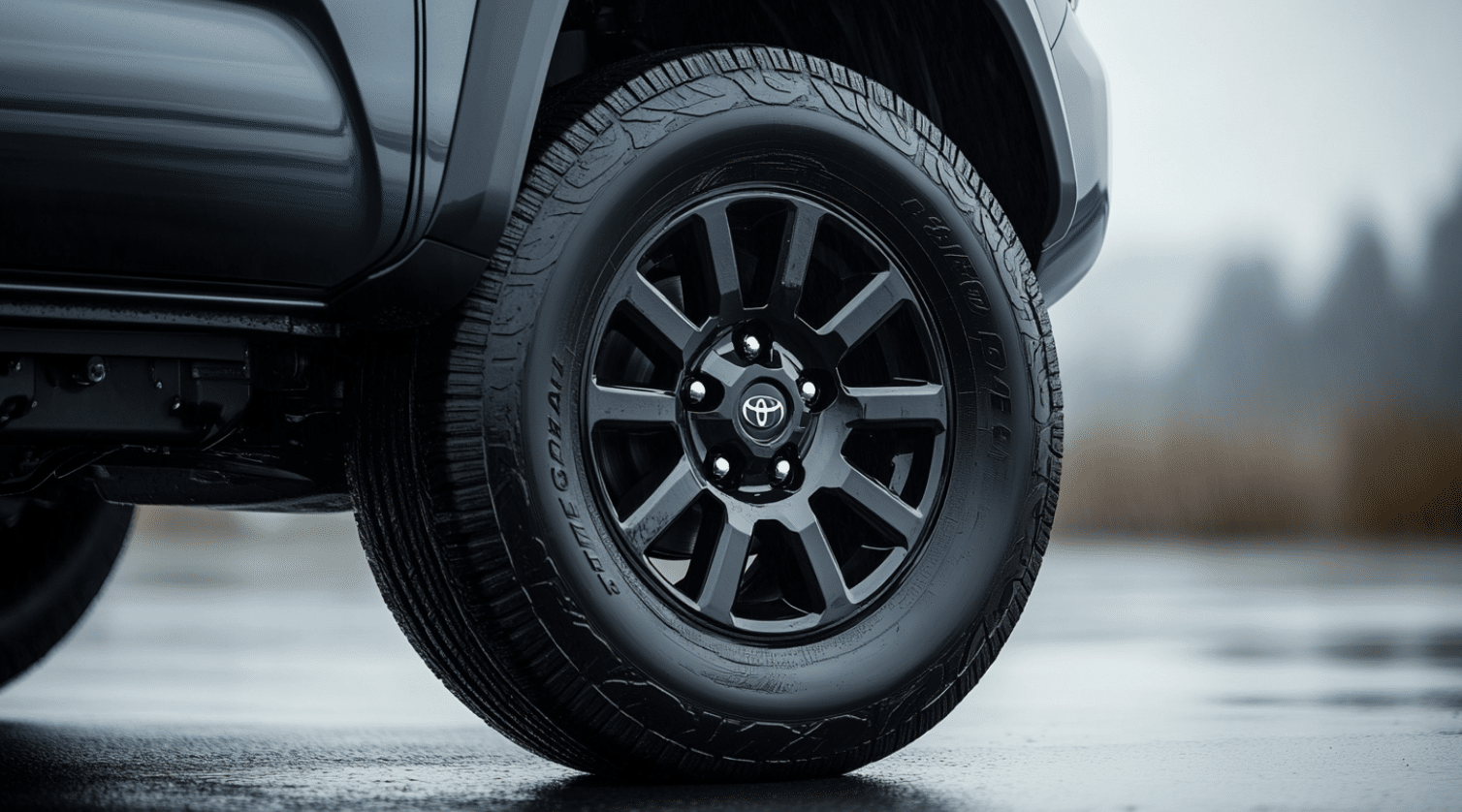
The Toyota Tacoma shares the same 6×139.7mm lug pattern as many Ford Ranger models. This compatibility allows Ranger owners to access a wide range of Tacoma-specific wheels, known for their durability and off-road performance.
However, always verify the exact year and model compatibility, as some variations may exist.
Tacoma wheels often come in sizes suitable for off-road use, which benefits Rangers in rugged conditions.
The popularity of Tacomas means a wide variety of aftermarket wheel styles are available, increasing options for Ranger owners.
2. Chevrolet Colorado
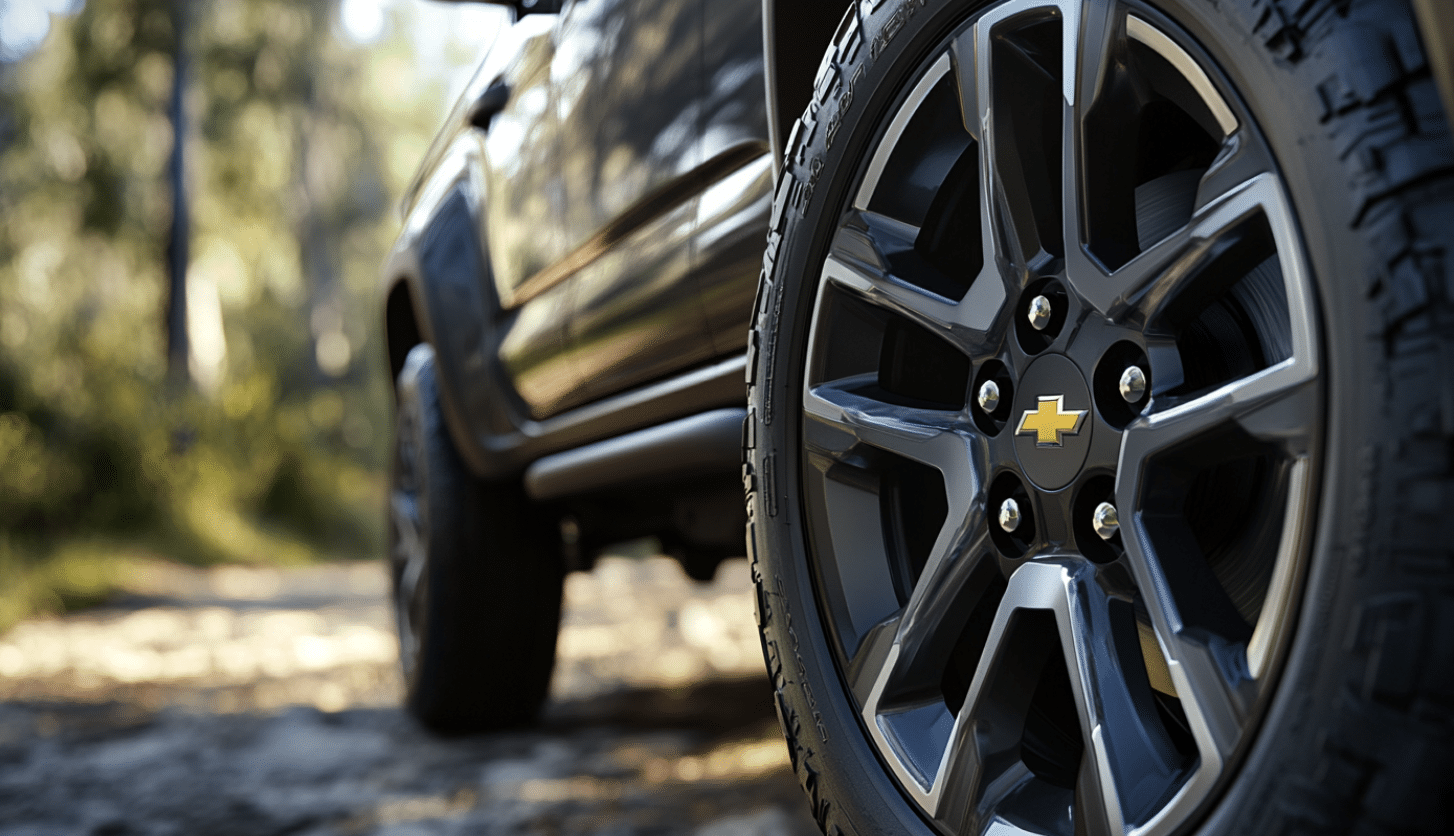
Many Chevrolet Colorado models, particularly those from 2015, feature the 6x120mm lug pattern. While this differs slightly from the Ranger’s pattern, some wheel manufacturers produce wheels compatible with both, offering increased options for Ford Ranger owners.
Some wheel manufacturers offer dual-drilled wheels to fit both Colorado and Ranger patterns.
Colorado wheels often come in larger diameters, allowing Ranger owners to upsize their wheels if desired.
3. Nissan Frontier
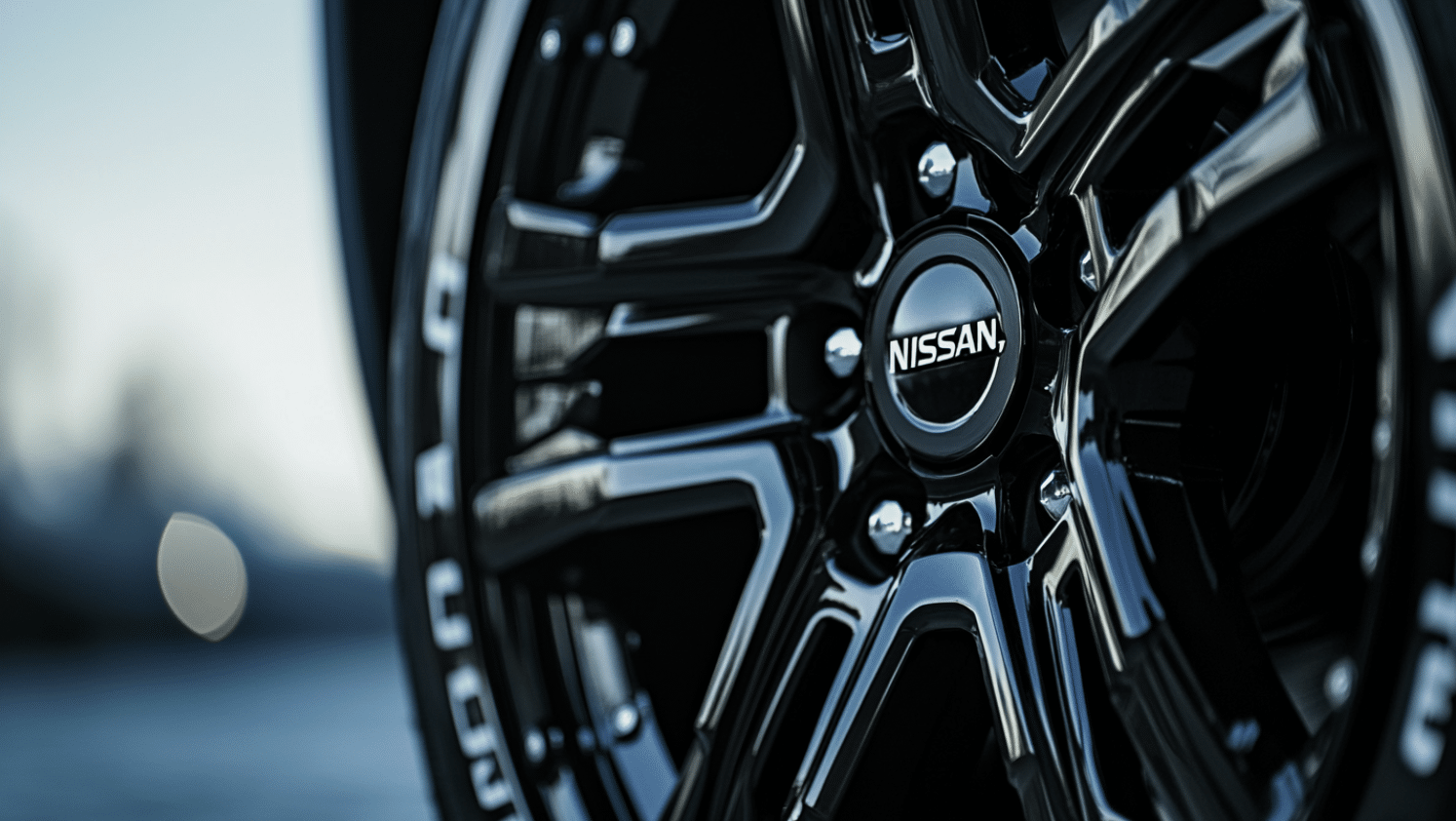
The Nissan Frontier, especially from 2005 to now, often shares the 6×139.7mm lug pattern with the Ford Ranger. This compatibility allows Ranger owners to explore Frontier-specific wheels, which are usually designed for off-road capabilities.
Frontier wheels are often designed for durability, making them suitable for Rangers used in tough conditions.
The long-standing compatibility means many wheels are available across different years and styles.
4. GMC Canyon

Like its cousin, the Chevrolet Colorado, many GMC Canyon models use a 6x120mm lug pattern. While not an exact match, some aftermarket wheel manufacturers produce wheels compatible with this pattern and the Ranger’s 6×139.7mm, expanding available options.
Canyon wheels often come with higher load ratings, which is beneficial for Rangers used for heavy hauling.
The similarity in vehicle class means Canyon wheels are often designed with similar aesthetic considerations to Ranger wheels.
5. Isuzu D-Max
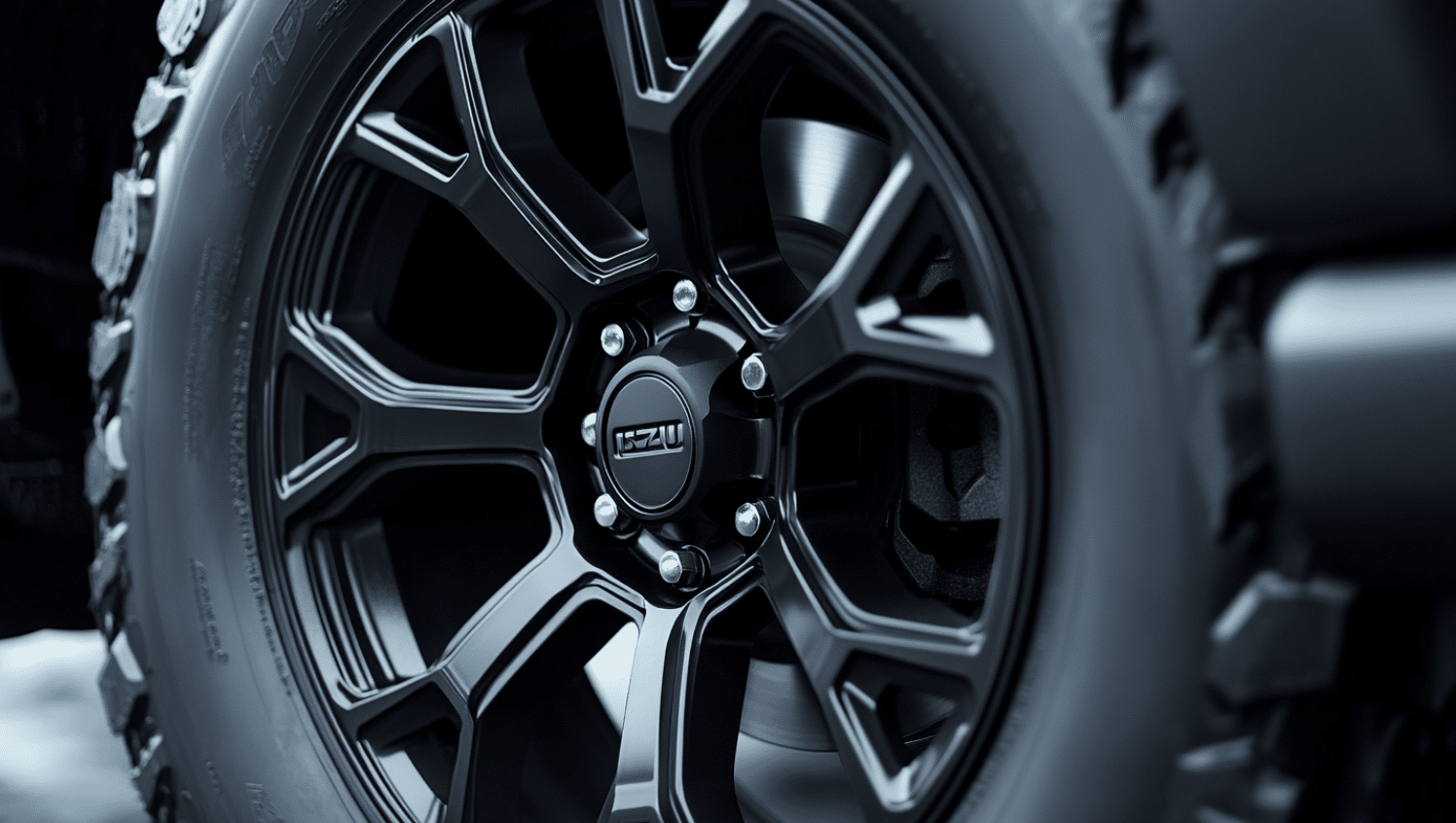
The Isuzu D-Max, particularly models from 2012 onwards, typically features the 6×139.7mm lug pattern, matching many Ford Ranger models. This compatibility opens up options from the international market, as D-Max is popular in various global regions.
D-Max wheels often have designs that are popular in international markets, offering unique styling options for Ranger owners.
The shared use in commercial applications means many D-Max wheels are designed for durability and load-carrying capacity.
6. Mitsubishi Triton
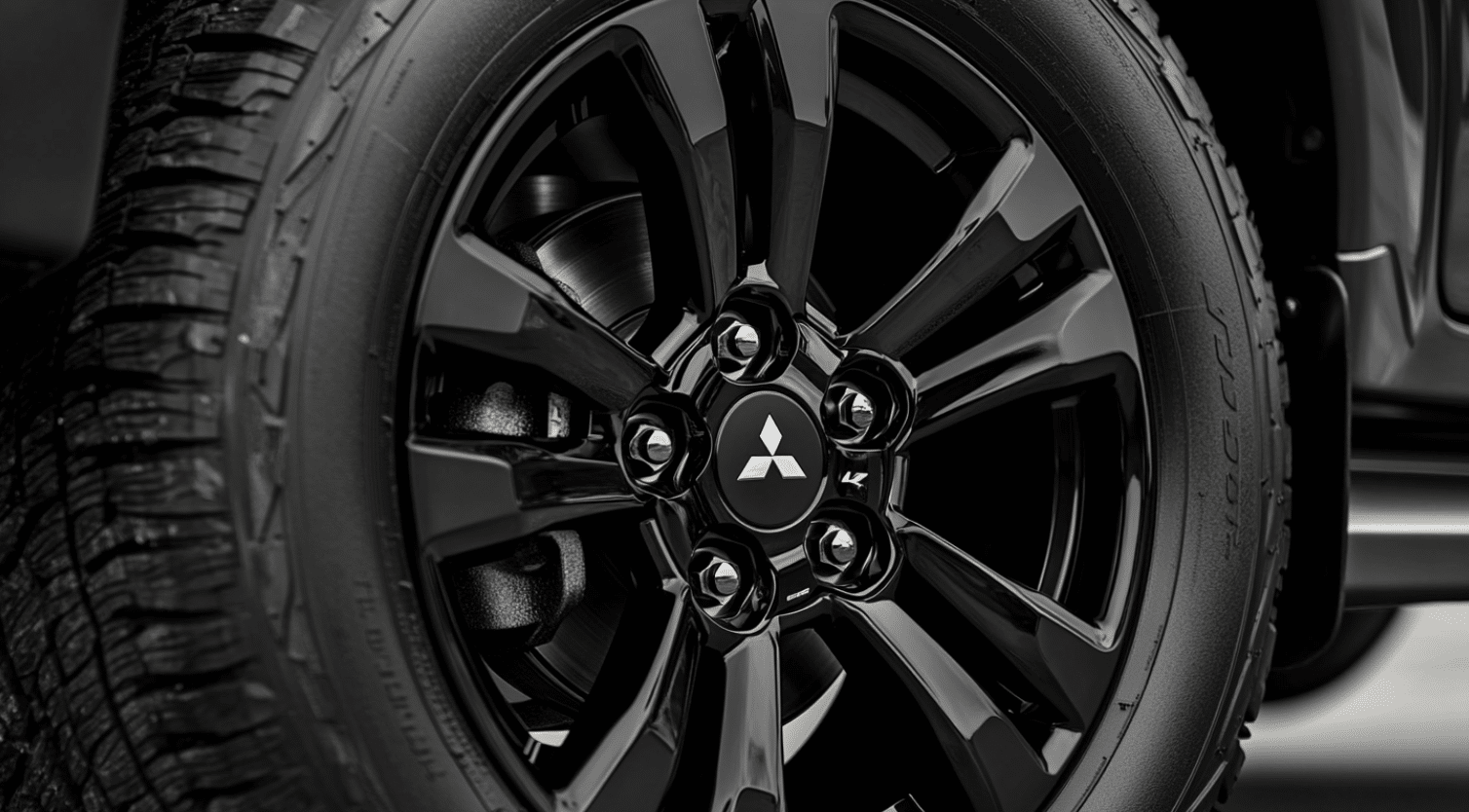
Many Mitsubishi Triton models, especially those from 2006 to the present, share the 6×139.7mm lug pattern with the Ford Ranger. This compatibility allows Ranger owners to explore wheels designed for the Triton, which is often known for its balance of on-road comfort and off-road capability.
Triton wheels often come in sizes that provide a good balance between on-road handling and off-road capability.
The popularity of Tritons in certain markets means unique wheel designs are available that may not be common for Rangers.
Factors to Consider When Choosing Compatible Lug Patterns
While matching the lug pattern is crucial, several other factors are important in ensuring wheel compatibility and optimal performance for your Ford Ranger. Understanding these elements helps you make an informed decision when selecting new wheels.
1. Offset and Backspacing
Offset refers to the distance between the wheel’s centerline and its mounting surface, and backspacing is the distance from the mounting surface to the inside edge of the wheel. Both factors are critical for proper fitment and vehicle performance.
Ford Rangers’ ideal offset typically ranges from +30mm to +50mm, depending on the model and intended use.
Choosing wheels with the wrong offset can lead to several issues:
- Rubbing against suspension components or the body
- Altered steering geometry, affecting handling and tire wear
- Changes in the vehicle’s track width, impacting stability
When selecting wheels, ensure the offset is compatible with your Ford Ranger model to maintain proper clearance and performance.
2. Wheel Size and Tire Selection
Wheel size significantly affects your Ford Ranger’s appearance and performance. While larger wheels can enhance the vehicle’s look, they may impact ride comfort and off-road capability.
When choosing wheel size, consider:
- Factory-recommended sizes for your specific Ranger model
- Intended use (daily driving, off-roading, towing)
- Desired appearance and stance
Tire selection should complement your wheel choice. Factors to consider include:
- Proper load rating for your vehicle’s weight and towing needs
- Tread pattern suitable for your driving conditions (highway, all-terrain, mud-terrain)
- Correct sizing to maintain accurate speedometer readings
Remember, drastically changing your wheel and tire combination may require additional modifications to your Ranger, such as lift kits or fender flares, to ensure proper fitment.
3. Material and Durability
The material of your wheels affects their durability, weight, and overall performance. Common materials for aftermarket wheels include:
1. Alloy (Aluminum)
- Lightweight, improving fuel efficiency and performance
- Good heat dissipation, beneficial for brake cooling
- Available in various finishes and styles
- They may be more susceptible to damage from hard impacts
2. Steel
- Extremely durable and resistant to damage
- Heavier than alloy wheels, which can impact fuel efficiency
- Often less expensive than alloy options
- Limited style options compared to alloy wheels
3. Forged Aluminum
- Stronger and lighter than cast alloy wheels
- Excellent for performance applications
- Typically more expensive than cast alloy or steel options
When selecting wheel material, consider your driving habits, budget, and desired aesthetic. Durability should be a top priority for off-road use or in areas with rough roads. For daily driving and highway use, alloy wheels often provide a good balance of performance and style.
Enhancing Your Ford Ranger with Compatible Wheels
Upgrading your Ford Ranger’s wheels can transform both its appearance and performance. Let’s explore how compatible wheels can enhance your vehicle.
Aesthetic and Performance Upgrades
New wheels can dramatically change your Ranger’s look, giving it a more aggressive or refined appearance. Beyond aesthetics, the right wheels can improve your truck’s off-road capabilities, handling, and fuel efficiency.
Larger wheels with all-terrain tires can increase ground clearance and traction for off-road adventures. Lightweight alloy wheels can reduce unsprung weight, improving acceleration and braking performance.
Recommended Upgrades
Consider 17-inch alloy wheels with a +35mm offset for a balance of style and off-road ability. These often allow larger tire sidewalls, improving off-road performance without sacrificing on-road comfort.
If you’re focused on street performance, 20-inch wheels with lower-profile tires can enhance cornering and give your Ranger a sportier look. Just be mindful of potential impacts on ride comfort and off-road capability.
For hardcore off-roading, 16-inch or 17-inch wheels with a more negative offset can provide additional clearance for larger, more aggressive tires.
Maintenance and Care Tips
- Regular cleaning is crucial to maintain your wheels’ appearance and prevent brake dust and road grime damage. Use pH-neutral soap and avoid harsh chemicals.
- Rotate your tires regularly to ensure even wear. This is especially important if you’ve upgraded to larger or wider wheels.
- Check your lug nuts periodically, especially after installing new wheels. Retighten them to the correct torque specification after the first 100 miles of driving.
- For off-road use, inspect your wheels for damage after challenging terrain. Small cracks or bends can lead to air leaks or failure if left unaddressed.
Choosing the right upgrades and maintaining them properly can significantly enhance your Ford Ranger’s performance and style with compatible wheels.
Conclusion
Choosing the right wheels for a Ford Ranger involves more than just matching the lug pattern. While compatibility with other vehicles opens up numerous options, factors like offset, size, and material play crucial roles in performance and aesthetics.
By understanding these elements, Ford Ranger owners can make informed decisions when upgrading their wheels. Whether seeking improved off-road capabilities, enhanced street performance, or a fresh look, the right wheel choice can transform a Ranger’s appearance and functionality.
When selecting new wheels, remember to consider driving habits, intended use, and maintenance requirements. With proper care and regular maintenance, upgraded wheels can provide years of improved performance and style.
Ultimately, the perfect wheel choice balances personal taste with the Ranger’s specific needs, resulting in a truck that stands out on any terrain.


